From the outside of a plastic package, there isn't much difference between most types of bedding, but there certainly is on the inside. And we're not just talking about quality levels either; there are differences that come down to personal preference too. One of those personal preference choices is between sateen and percale cotton weaves.
Both percale and sateen can come in 100% cotton, 100% Egyptian cotton, and really any other type of thread. The difference is in the weave – and it can be quite a dramatic difference in the look, feel, and other traits of the finished bedding.
Interested in 100% cotton bedding? Shop it here.
What is Sateen Cotton?
Sateen refers to the weave pattern of one thread under, three threads over. This is a modification of the one under, one over pattern of percale.
How does Sateen Cotton feel like?
The practice of going three threads over creates more flat areas on the finished product, at the almost microscopic level. This produces a shine and smooth feel to the sheets, to the point that they are often mistaken for silk by many shoppers. Sateen also feels a bit heavier than percale and feels warmer against the skin. And one special perk of these traits? It is naturally wrinkle-resistant.
What is sateen made of?
The same cotton raw materials and yarns are used to create sateen weaves and percale weaves – the same machinery can even be used. The only difference is the pattern in which they are woven together.
Should I choose sateen bedding?
Sateen sheets seem to be one of those 'love them or hate them' products. Some people try them and can never go back to percale weaves, while others find sateen too smooth or heavy for comfort. If you like the feel of silk on your body and a heavier weight of bedding, then you'll likely love sateen. It is especially popular among people who tend to feel colder when they sleep.
Related reading: How to remove stains from bedding
Percale vs Sateen

The alternative to sateen is what most people are more familiar with: percale.
Percale is not shiny and tends to wrinkle more easily as it is a slightly lighter material. Because the weave is one over, one under, there is slightly more roughness to the texture (even though it can be very soft), and light does not reflect from it in as uniform a way – that's why it isn't shiny.
There is no difference between percale and sateen with regard to quality – there are lower-end and higher-end sheets available in either weave, and in a variety of cottons and cotton blends.
The only real difference is the appearance and feel, which comes down to personal preference.
Learn more about percale bedding here, or shop them online here.
See our full Percale vs Sateen article here.
Why Choose Bedable Sateen Sheets?
We have spent countless hours perfecting our sheets, understanding thread count and materials, in order to bring you our luxury sateen bedding, that is lightweight, breathable, cosy, and made with high-quality cotton. They are 100% cotton, with a 400 thread count. They also look and feel luxurious.
Shop all bedable sateen sheets here.
How to Shop for New Bedding
Most people spend about a third of their lives in bed. Since bedding can have a huge impact on how well we sleep, it makes sense to invest a little into finding and purchasing the right sheets for you and your individual preferences. Understanding thread counts, cotton types, weaves and other features and even marketing techniques – this can be daunting! But don't worry, here are a few tips to guide you along the way.
Thread count – Thread count is the number of threads that cross a square inch of the fabric. Because bedding often looks the same in packaging, marketers began using thread count as a way to indicate differences in quality between the various sheets. Higher thread count can be, but isn't always, an indicator of higher quality. The quality of the thread used is a more important factor.
Bedable.com is the home of luxury bedding, including bedding sets, duvet covers, bed sheets, pillowcases, pillows, duvets, and bedspreads. Our sizes include double bed, king size, and super king size.
Read our full Bedding Buying Guide.
Read next:
People Also Asked
Is sateen good for bedding?
Sateen is excellent for bedding, offering a luxurious, silky feel with a subtle sheen. Its smooth surface is comfortable against the skin, making it a popular choice for those who prefer a softer, warmer sleep experience.
What is better, cotton or cotton sateen?
Neither is definitively better; it depends on personal preference. Regular cotton is more breathable and crisp, while cotton sateen offers a smoother, more luxurious feel. Cotton sateen tends to be warmer and has a slight sheen, which some find more appealing.
Which is better, sateen or satin?
Sateen and satin serve different purposes. Sateen, typically made from cotton, is more durable and suitable for everyday bedding. Satin, often made from silk or synthetic fibres, has a higher sheen and is smoother but less practical for regular use.
Is sateen 100% cotton?
Sateen can be 100% cotton, but not always. High-quality sateen sheets are often made from 100% cotton using a specific weave that creates the characteristic smooth finish. However, some sateen fabrics may include a blend of cotton and other fibres.
What are the disadvantages of sateen fabric?
Sateen fabric can be prone to snagging and pilling over time. It may also retain heat more than other cotton weaves, making it less ideal for hot sleepers. Some find sateen less breathable than percale, and its smooth surface can sometimes feel slippery.
Do sateen sheets get hot?
Sateen sheets can feel warmer than other cotton weaves due to their denser structure. While they're not necessarily hot, they retain more body heat than percale or linen, which might be uncomfortable for those who sleep hot.
Do hotels use cotton sateen?
While some luxury hotels may use cotton sateen for its smooth feel, most hotels prefer crisp, cool percale sheets. Percale's durability and fresh feel make it more common in the hospitality industry.
How long do sateen sheets last?
With proper care, high-quality sateen sheets can last 3 to 5 years or more. Their lifespan depends on factors such as the quality of the cotton, thread count, and how well they're maintained.
Is bamboo or sateen better?
Bamboo and sateen have different qualities. Bamboo is known for being more eco-friendly and naturally antimicrobial, while sateen offers a luxurious feel. Bamboo tends to be cooler, while sateen provides a warmer sleep surface.
Who has the best sateen sheets?
While "best" is subjective, some well-regarded brands for sateen sheets include Brooklinen, Parachute, and Boll & Branch. These brands are known for their quality, comfort, and durability in sateen bedding.
Is sateen luxurious?
Yes, sateen is considered luxurious due to its smooth, silky feel and subtle sheen. Its dense weave creates a soft, almost buttery texture that many associate with high-end bedding.
Does sateen wrinkle?
Sateen tends to wrinkle less than other cotton weaves like percale. Its smooth surface and tighter weave help it maintain a neater appearance, though it's not entirely wrinkle-free.
Is sateen waterproof?
Sateen is not inherently waterproof. Like most cotton fabrics, it will absorb water. However, its tighter weave may offer slightly better water resistance than looser cotton weaves, but it should not be considered waterproof.
Should I buy sateen sheets?
Consider buying sateen sheets if you prefer a smoother, warmer sleep surface with a subtle lustre. They're ideal for those who like a softer feel and don't mind a slightly warmer sleep environment.
How do you wash sateen sheets?
Wash sateen sheets in cool or warm water with a mild detergent. Avoid using fabric softeners as they can coat the fibres and reduce the natural smoothness. Tumble dry on low heat or line dry to maintain the fabric's quality.
What is the alternative to sateen?
The main alternative to sateen is percale, which offers a crisper, cooler feel. Other alternatives include linen for its exceptional breathability, or jersey for a stretchy, t-shirt-like comfort.
What are the disadvantages of satin?
Satin can be less durable and more difficult to care for than sateen. It's often more expensive, can be slippery to sleep on, and may not be as breathable. Satin is also more prone to snagging and requires delicate washing.
Is silk or sateen better?
Silk and sateen serve different purposes. Silk is more luxurious and naturally temperature-regulating but requires more careful maintenance. Sateen offers a similar smooth feel at a lower cost and is generally easier to care for.
How to tell if sheet is sateen or percale?
Sateen sheets have a smooth, silky feel with a subtle sheen, while percale has a crisp, matte finish. Hold the fabric up to the light; sateen will have a more pronounced diagonal pattern in its weave compared to percale's grid-like appearance.
Is sateen good for hair?
Sateen can be good for hair as its smooth surface creates less friction, potentially reducing frizz and breakage. However, silk or satin pillowcases are often preferred for hair care due to their even smoother texture.
Are sateen sheets noisy?
Sateen sheets are generally not noisy. Their smooth surface tends to create less rustling compared to crisper fabrics like percale. This makes sateen a good choice for light sleepers sensitive to noise.
What is the difference between 100% cotton sheets and 100% cotton sateen sheets?
The main difference lies in the weave. Regular 100% cotton sheets often use a basic weave, while 100% cotton sateen uses a specific weave that creates a smoother surface and subtle sheen. Sateen tends to feel softer and warmer than standard cotton sheets.
What are the disadvantages of sateen?
Disadvantages of sateen include potential for pilling, less breathability than other cotton weaves, and a tendency to retain more heat. Some find the smooth surface too slippery, and lower-quality sateen may lose its sheen over time.
Can sateen be 100% cotton?
Yes, sateen can be and often is 100% cotton. The term 'sateen' refers to the weave pattern, not the fibre content. High-quality sateen sheets are frequently made from 100% long-staple cotton.
Are sateen sheets heavy?
Sateen sheets tend to feel slightly heavier than percale due to their denser weave. This added weight contributes to their luxurious feel but may be less desirable for those who prefer a lighter, more breathable sheet.
Do hotels use sateen sheets?
While some luxury hotels may use sateen for its luxurious feel, most hotels prefer crisp, cool percale sheets. Percale's durability and fresh feel make it more common in the hospitality industry.
How long do sateen sheets last?
With proper care, high-quality sateen sheets can last 3 to 5 years or more. Their lifespan depends on factors such as the quality of the cotton, thread count, and how well they're maintained.
Why are my sateen sheets rough?
Sateen sheets may feel rough if they're of low quality or have been improperly cared for. Harsh detergents, high heat drying, or the use of fabric softeners can damage the smooth finish. Sometimes, new sheets need a few washes to soften up.


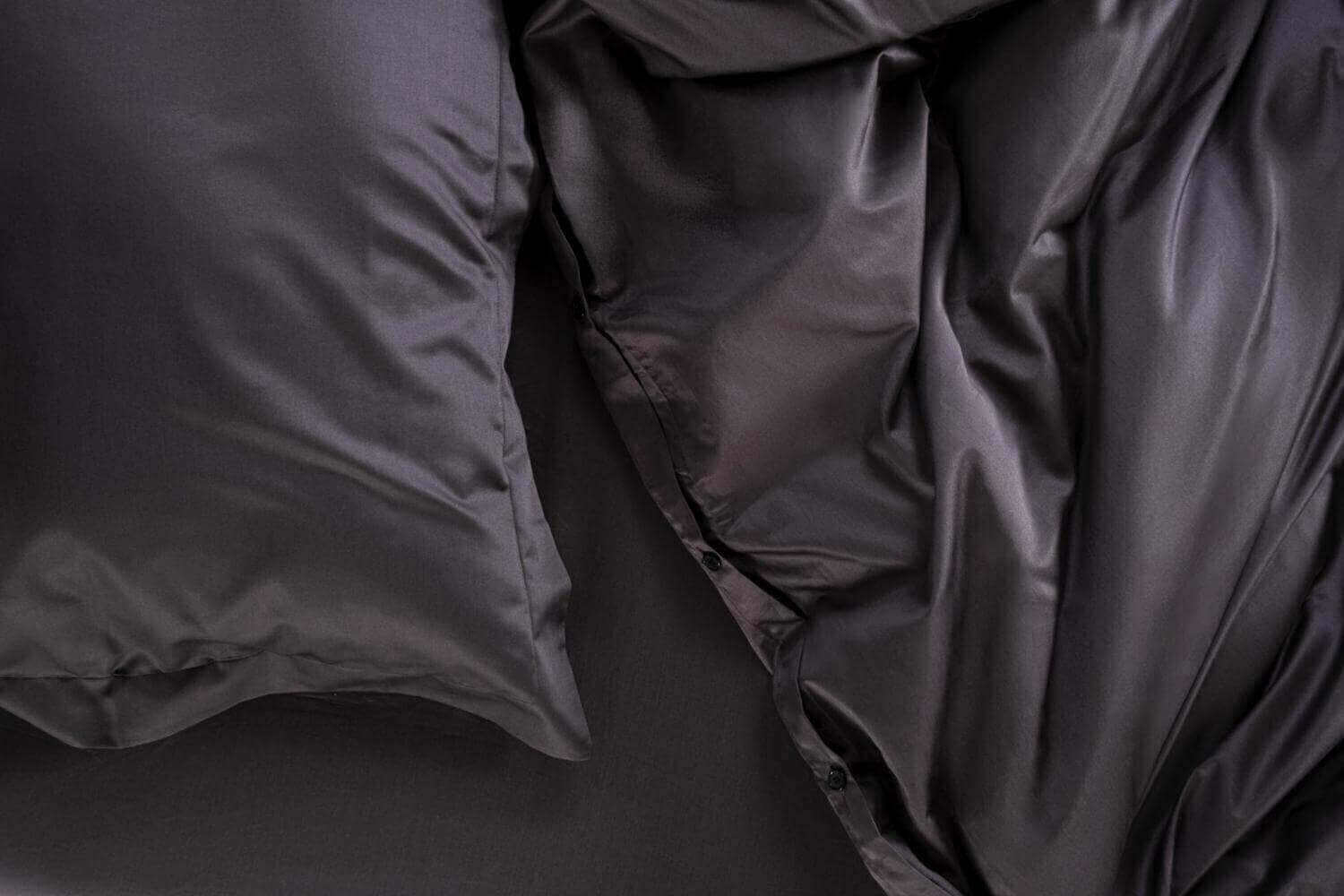
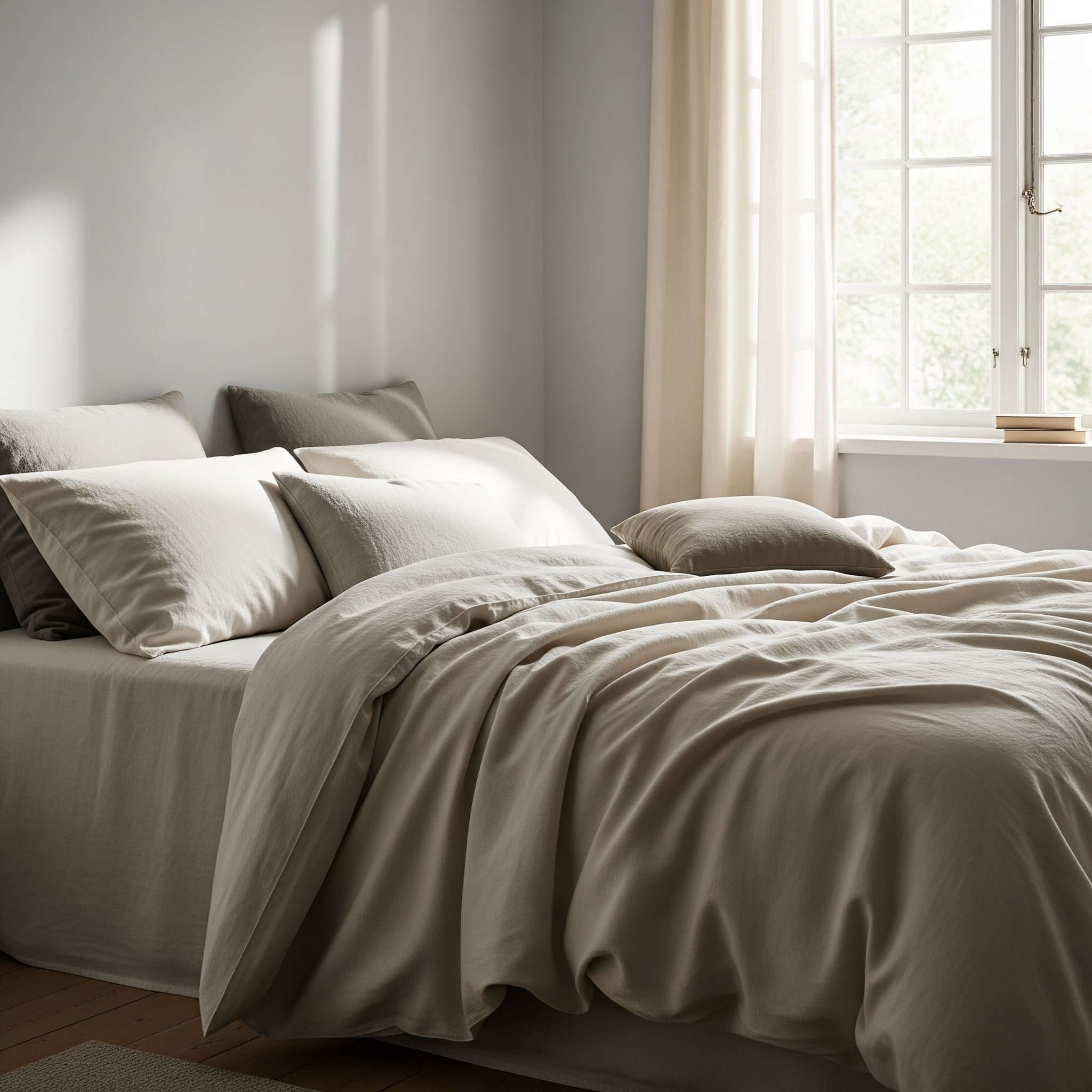
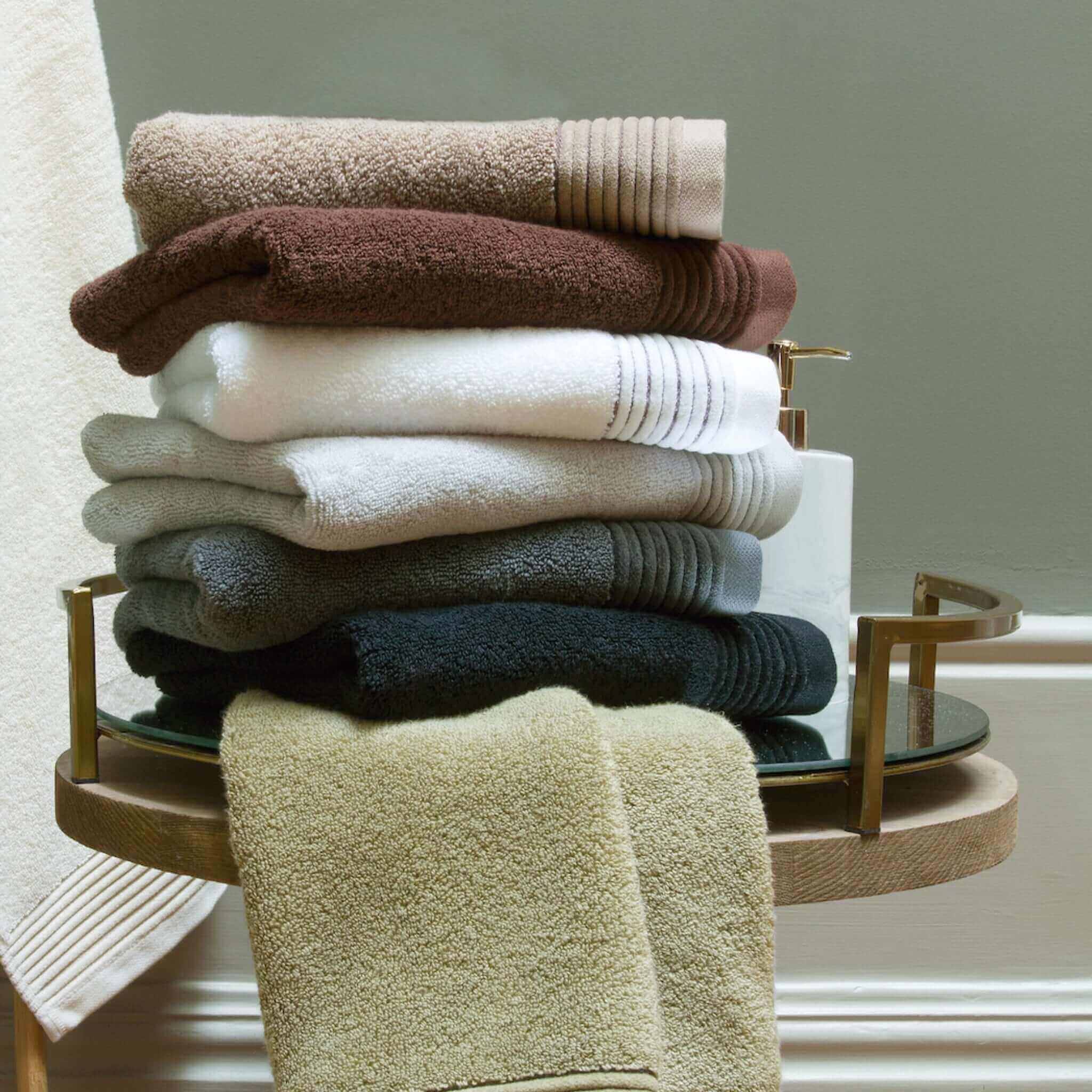
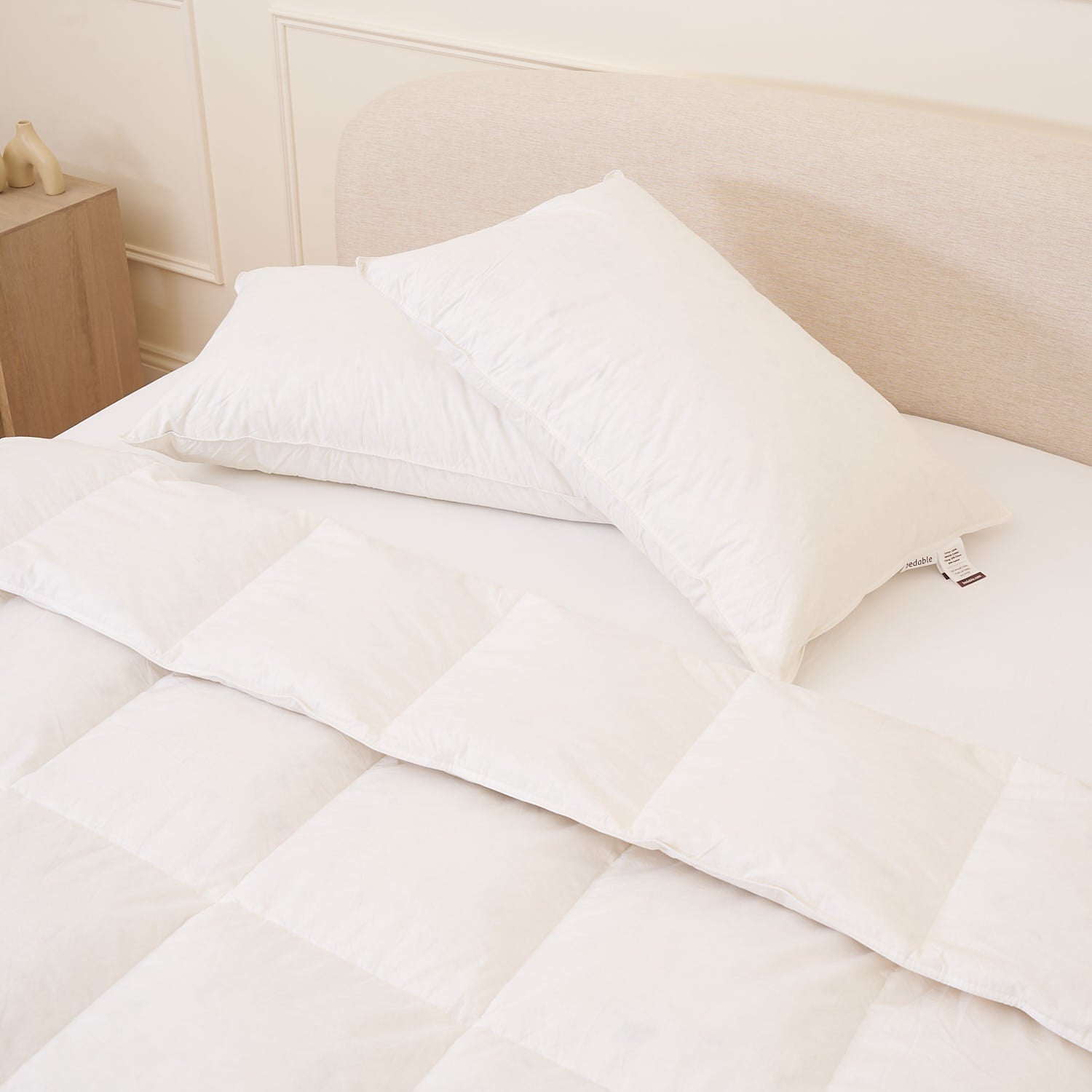
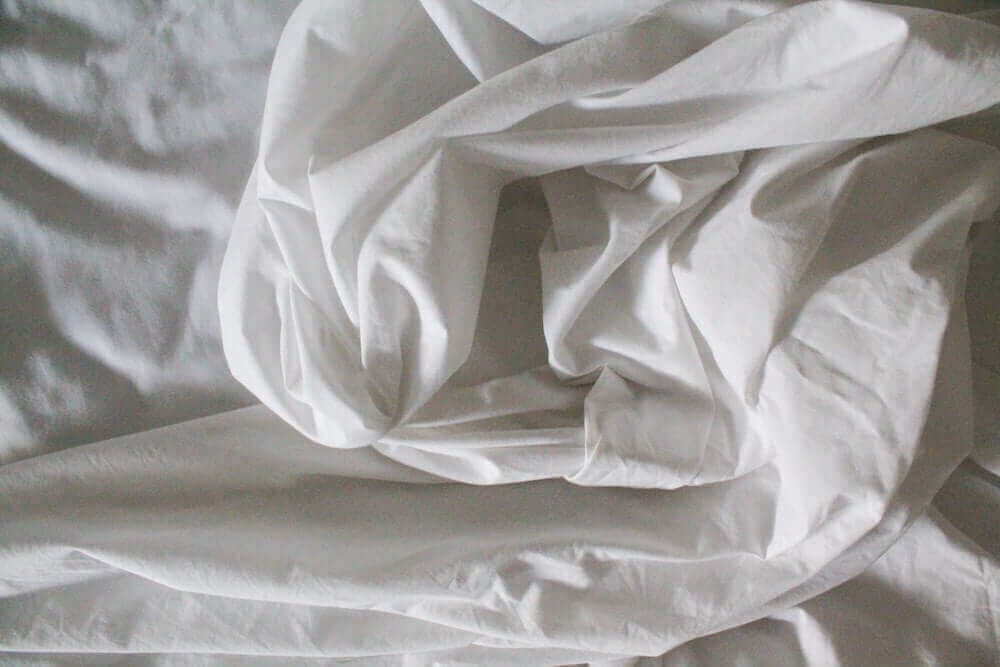
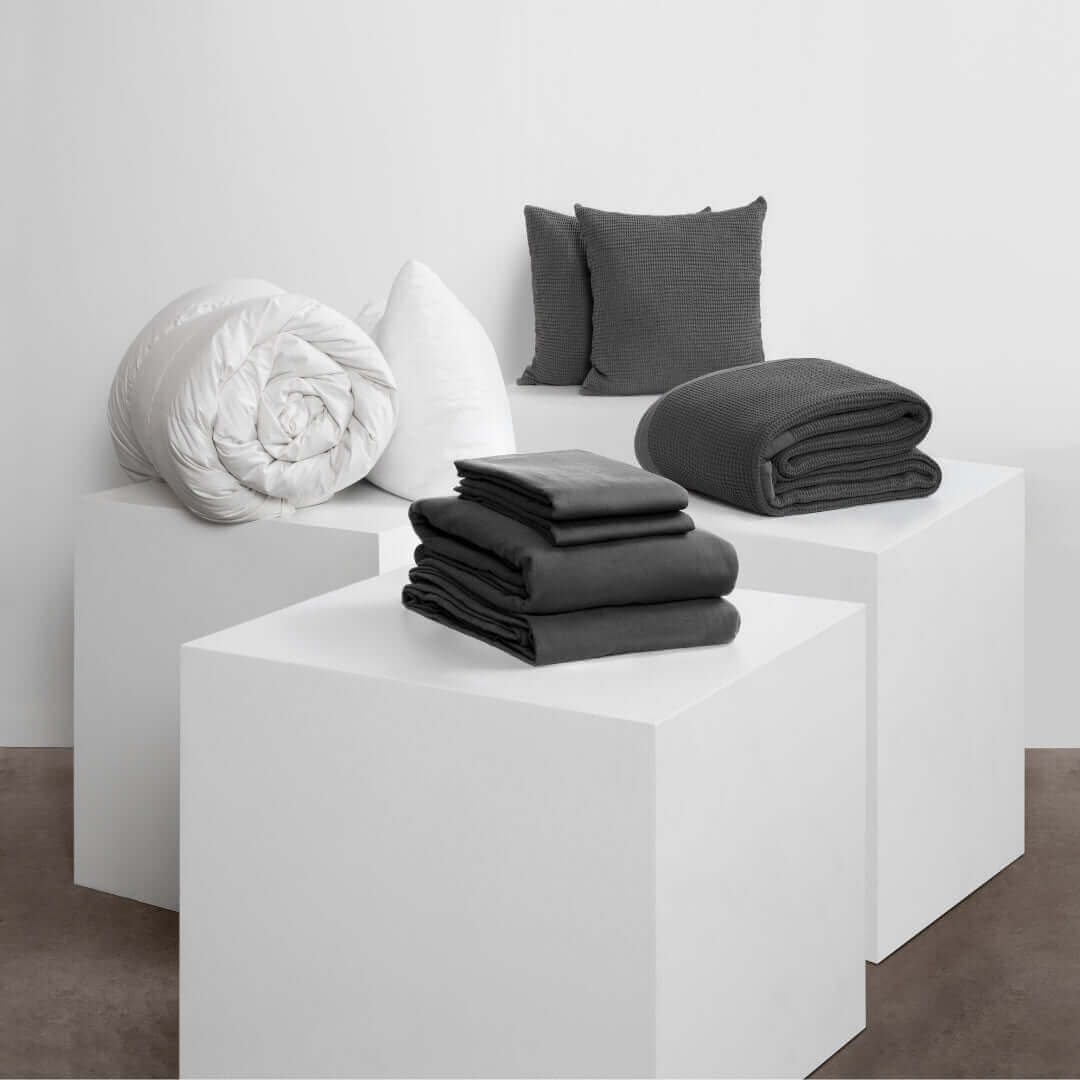
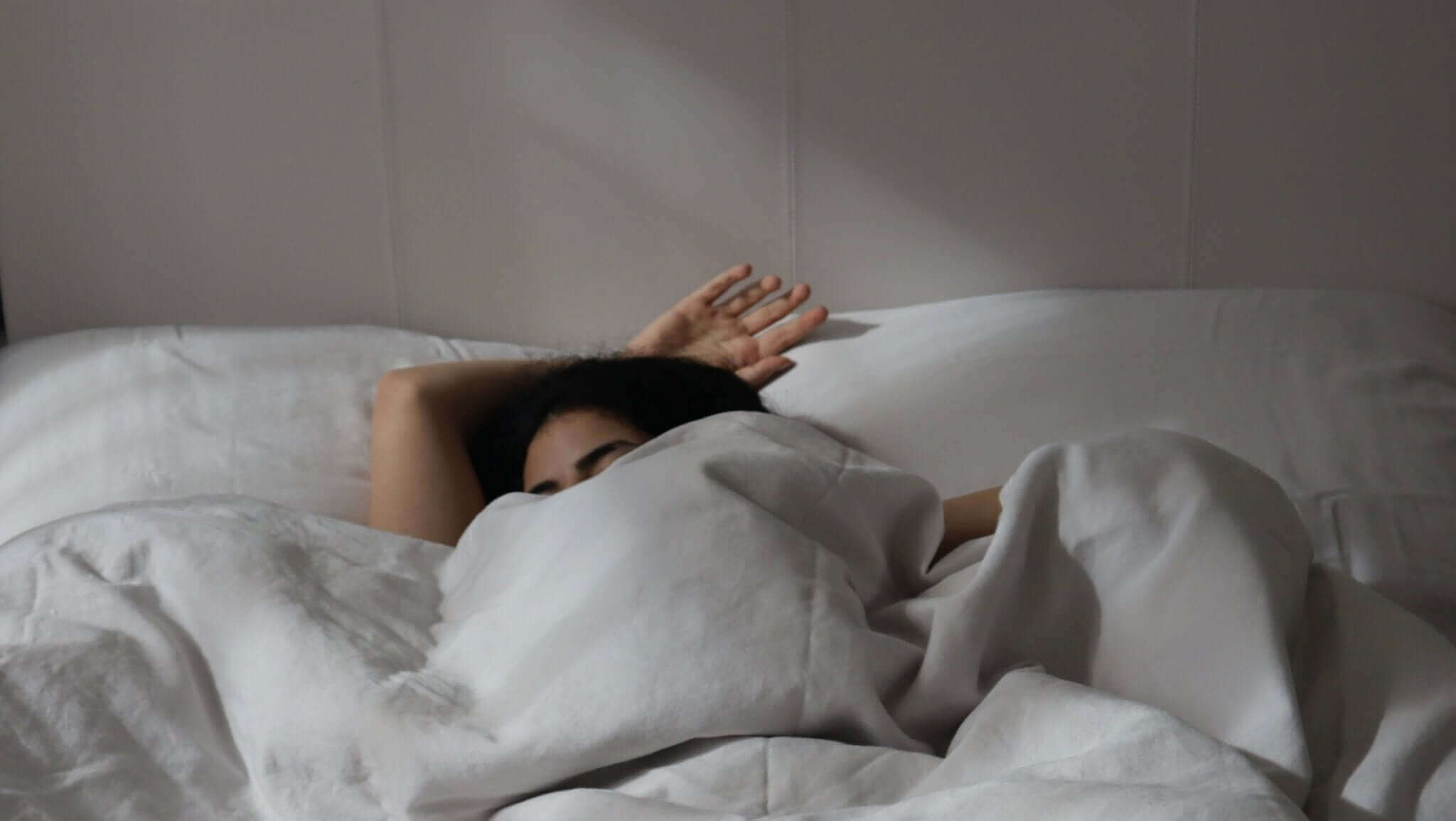
Share:
14 Cosy Winter Bedroom Ideas
Grey Bedroom Style Ideas